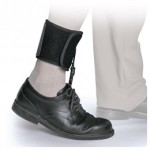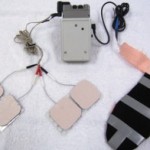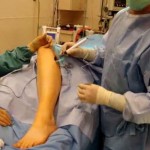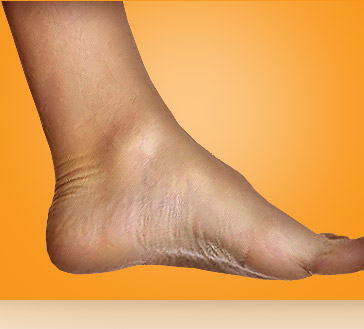Foot drop or also known as drop foot syndrome is annoying and uncomfortable condition that affects walking. People who have foot drop may not be able to lift their foot above the ground. They may look like they are jerking their foot while walking because of the pain they feel.
What is Foot Drop?
Foot drop is characterized as difficulty in walking. People with foot drop may drag the foot on the ground as they walk. They may walk with exaggerated movements like walking in the stairs just to lift their foot above the ground.
Drop foot syndrome is not a disease but this is a symptom of more underlying problem. It can be related to muscular, neurological and spinal problems. Some cases of foot drop are temporary but severe cases may be permanent and may require brace to help in walking.
What are the Causes of Foot Drop?
Foot drop is generally a symptom of another health condition. The presence of foot drop may show that underlying problems are present. It is often related to:
- Muscle damage that is present in muscles related to the ankle and toes can bring pain to foot.
- Nerve damage that may occur during knee replacement surgery may trigger foot drop.
- Skeletal problems that affect the spine can also cause foot drop.
Other conditions that may cause foot drop include:
- Stroke
- Drug toxicity
- Diabetes
- Foot injury
- Parkinson’s
- Tumor
- Lower Back Problem
Lower back problem is often the most common cause related to drop foot. Problems in lower back may put excessive pressure on the nerve that is connected in the lower leg which my led to foot drop. Some lower back conditions related to foot drop are:
- Herniated disc in the lumbar area is one common cause of foot drop. Herniated disc may put extra pressure to leg down to the foot and it may affect the sciatic nerve including the peroneal nerve.
- Spinal stenosis that affects elder people is also related to drop foot syndrome. When the nerves in the spine are compressed, they may result to pain in walking, standing and foot drop.
- Pinched nerve in the lumbar area is also related to foot drop syndrome.
- Osteoporosis can also irritate the nerves. This may lead to vertebral fracture and later on foot drop.
Symptoms of foot drop may appear in one foot or both feet. However, if the pain is due to low back problems, a person may normally experience pain in just one foot.
The underlying causes related to foot drop varies and to get the right treatment, your doctor will determine what triggers your foot drop.
What are the Symptoms of Foot Drop?
Walking with foot drop is not easy, it may bring pain while walking or standing. Symptoms of foot drop may include:
- The most common symptom of foot drop is high steppage gait. High steppage gait is characterized as walking with raising the thigh higher as if the person is climbing up the stairs.
- Exaggerated hip motion as if the person avoids the toes from touching the ground
- Numbness and tingling sensation in the foot
- Limping while walking
The severity of symptoms depends on the underlying cause of drop foot syndrome.
What are the Treatments of Foot Drop?
The treatments of foot drop vary depending on the related cause of foot drop syndrome. If the underlying cause of drop foot syndrome is treated, then foot drop may also disappear but if the related cause is not treated, the drop foot condition may worsen over time.
Some of the well-known treatments of foot drop are:
           1. Foot drop braces
 This is often the first line of treatment for foot drop syndrome. Foot drop braces are use to keep the affected foot have a normal gait while walking. The braces are often made up of polypropylene and it is normally put inside a shoe.
This is often the first line of treatment for foot drop syndrome. Foot drop braces are use to keep the affected foot have a normal gait while walking. The braces are often made up of polypropylene and it is normally put inside a shoe.
           2. Physical Therapy
 Physical are therapy are needed to strengthen the muscles and improve the coordination of knee and ankle. The process may help the patient to start walking again as if the first time.
Physical are therapy are needed to strengthen the muscles and improve the coordination of knee and ankle. The process may help the patient to start walking again as if the first time.
3. Nerve Stimulator
 Nerve stimulator is often strapped to the leg or sometimes implanted inside to stimulate the affected nerve that is associated with walking.
Nerve stimulator is often strapped to the leg or sometimes implanted inside to stimulate the affected nerve that is associated with walking.
4. Surgery
 Surgery is the last option in foot drop. It can fuse the foot bones or ankles to normalized walking.
Surgery is the last option in foot drop. It can fuse the foot bones or ankles to normalized walking.
Treatments for foot drop varies, ask your health care provider if your symptoms worsened to avoid further complications.
